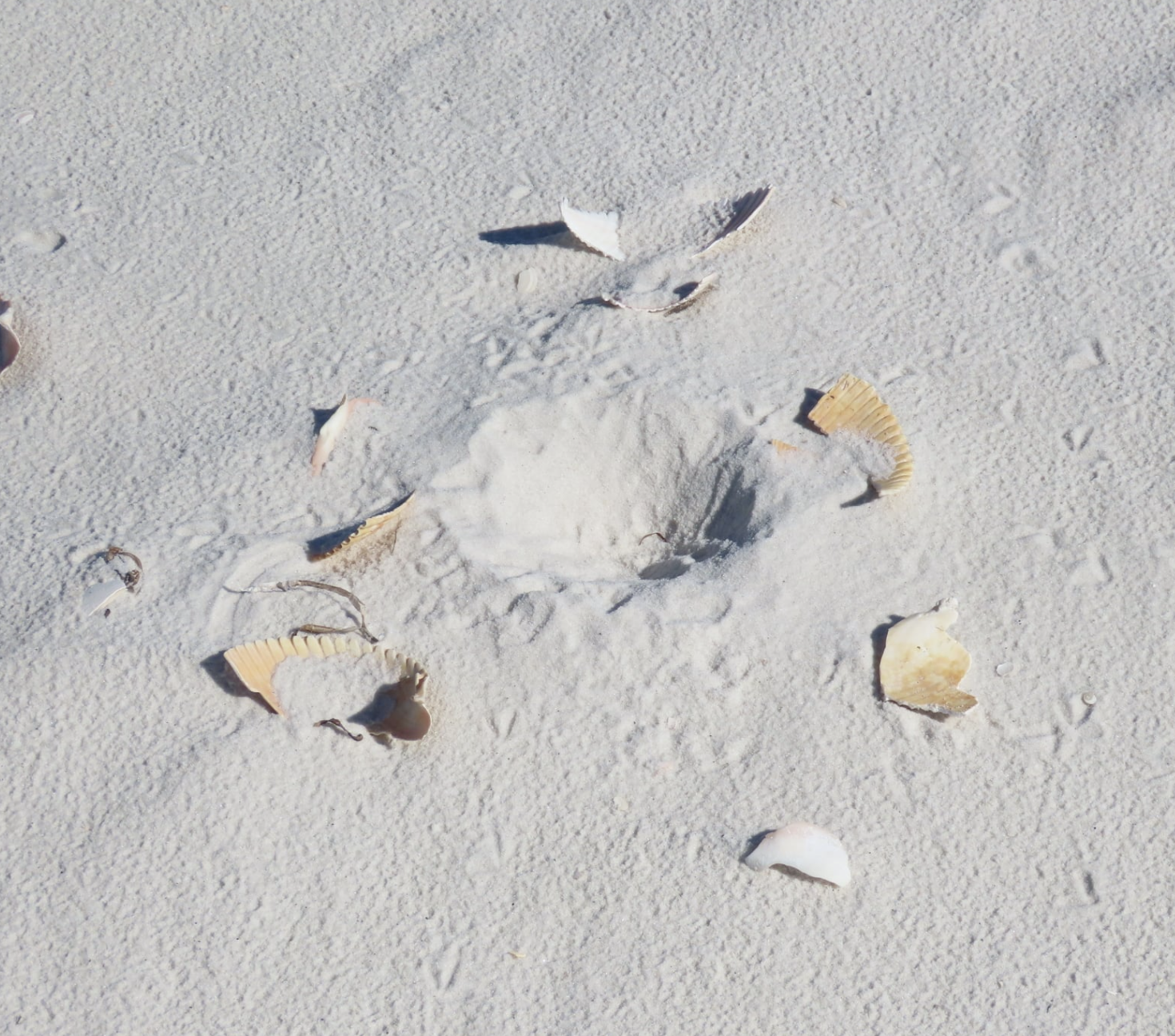February 15 marks the beginning of breeding season in the State of Florida! Why? Because birds in areas like Dog Island and St. George Island in Franklin County begin nesting within a week of this date every year.
Some sites across the state are already putting up string fencing (also referred to as symbolic fencing) in preparation for nesting birds. In particular, this past week we busily put up string fencing at Dog Island and Phipps Preserve (also known as Alligator Point CWA) in eastern Franklin County.

This symbolic fencing is crucial in protecting dune and beach ecosystems from being trampled and eroded due to constant walking and driving, as well as protecting camouflaged bird scrapes. Shorebird scrapes and nests are very difficult to see, even up close. When compared to birds in more accessible locations, the birds in these remote areas of Florida can be even more sensitive to human activities near nests, and when people are too close, the adult birds spend prolonged periods away from their nests.
Thank you to the volunteers (Sharyn, Jamie, Marianne, Eric, Laurel, Marsha, and Philip) who came out to join us for posting in the Eastern Panhandle. Without your help, we could not have gotten all of this work done!
I look forward to having more people join me for clean-up events, surveys, and stewarding in the months to come. Please let me know if you are in the area and are interested in volunteering with us.
P.S. You never know what you are going to find on the beach: earlier this year, we were lucky enough to find a Long-billed Curlew while posting at Phipps Preserve!
When on Florida beaches this breeding season, remember:
- Avoid feeding wildlife – it attracts predators.
- Dispose of trash properly – refuse also attracts predators.
- Keep dogs on leashes or off beaches when they are not permitted.
- Avoid driving on beaches.
- Give beach-birds their space and avoid flushing them.






